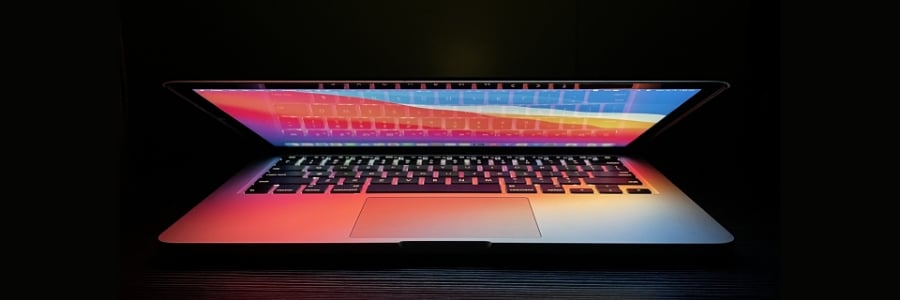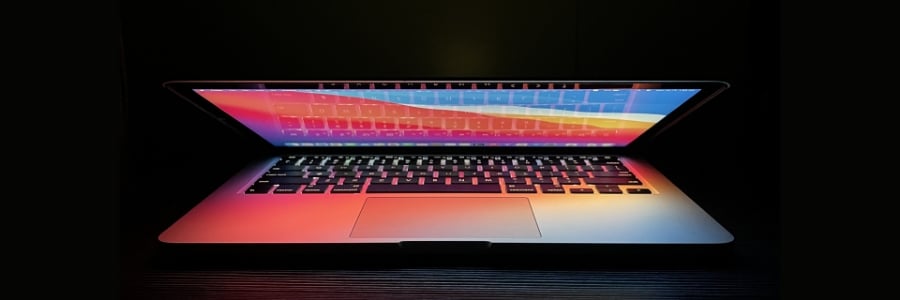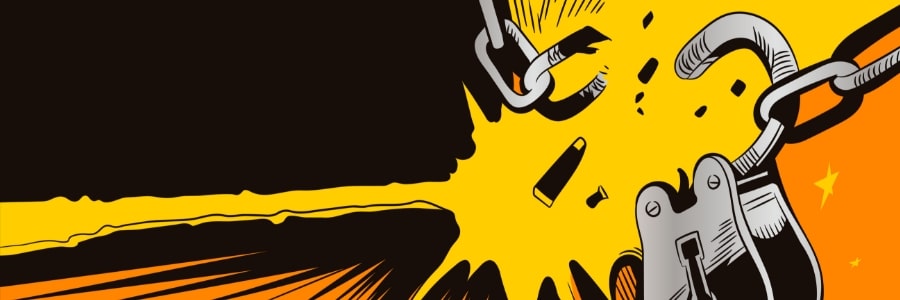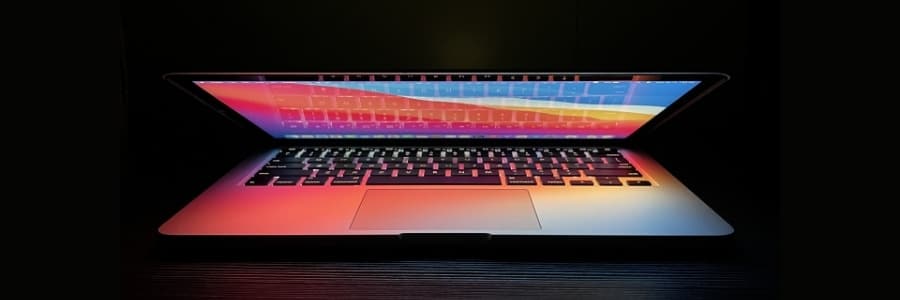Macs may be known for their security, but they’re not immune to ransomware attacks. And with cybercriminals constantly evolving their tactics, it’s more crucial than ever to stay ahead with robust security measures. To ensure your business data remains secure from ransomware, follow these measures to protect your Mac devices.
Rev up your Mac: 5 Essential tips for speed optimization

Is your Mac feeling sluggish? Are applications taking forever to load? Don’t despair. As we fill our computers with apps, files, and updates, even the most powerful machines can start to lag. But before you consider upgrading your hardware, try these five essential tips to optimize your Mac’s speed and breathe new life into your device.
How to maximize your MacBook’s battery life and life span

In today’s fast-paced business world, a reliable battery is a must-have for staying connected and productive. Whether you’re in the office or on the go, knowing how to make your MacBook battery last longer can make all the difference. Here are some tips to help you squeeze every last drop of power from your MacBook, ensuring you stay powered up and ready to tackle any task.
A Mac user’s guide to malware warfare

The myth of Macs being invincible to malware has long been shattered. But there are those who still believe this myth, and so may find themselves facing the chilling reality of a Mac malware infection. For businesses, especially, the consequences can be disastrous: stolen data, compromised accounts, and operational disruptions that cost time and money.
Effortlessly import data from PC to Mac with Windows Migration Assistant
Why a solid-state drive (SSD) Mac upgrade is worth every penny

While the initial cost of a solid-state drive (SSD) may deter some Mac users, the long-term benefits and performance gains of SSDs far outweigh the upfront investment. Upgrading your Mac to an SSD is akin to breathing new life into your device, transforming it into a powerhouse of efficiency, speed, and reliability.
5 Reasons why you shouldn’t jailbreak your iPad

While many iPad users enjoy their devices as standard, there are those who want non-App Store apps and modifications to their devices outside what Apple intended. In order to make these modifications, these people jailbreak their iPads. This article delves into jailbreaking and the five reasons why you shouldn’t.
What is iPad jailbreaking?
iPad jailbreaking, or rooting, is the process of bypassing manufacturer and carrier restrictions imposed on the device.
Easy ways to lock your Mac when you’re away from keyboard

It’s a security risk to leave your Mac unlocked when you’re away from your desk. Anyone could simply use it to access your accounts, files, or personal information. To protect your Mac, you should lock it whenever it’s not in use. If you’re unsure of how to lock your device, or if you’re looking for the most efficient way to lock it, read on.




